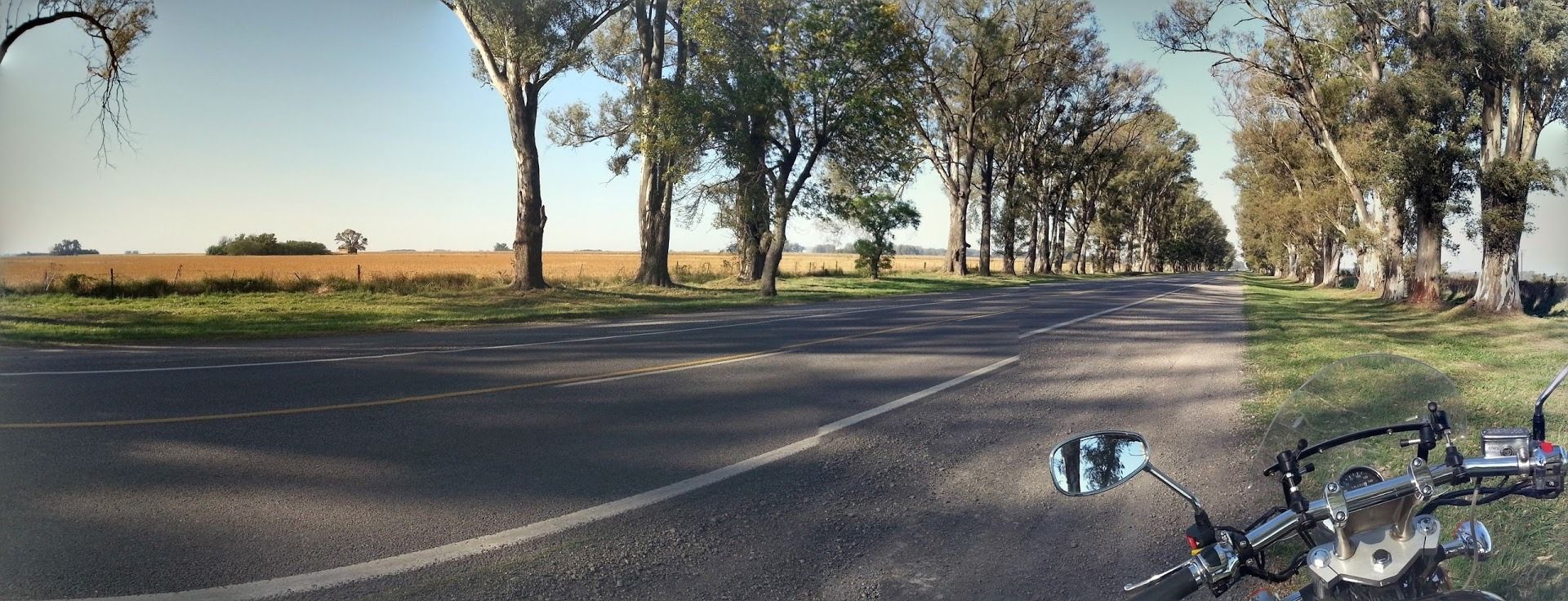Ombú Vs. Pampas Grass As Symbol Of The Pampas
- Thread starter yd_mtl
- Start date
| Thread starter | Similar threads | Forum | Replies | Date |
|---|---|---|---|---|
|
|
Kombucha | Expat Life | 11 | |
|
|
Ombudsman/to Protect The Rights Of Tenants Residing In Caba | Expat Life | 2 | |
|
|
Is There Kombucha Yet? | Food and Drink | 3 | |
| C | El Ombu Estancia | Expat Life | 1 | |
| M | Kombucha | Expat Life | 2 |

